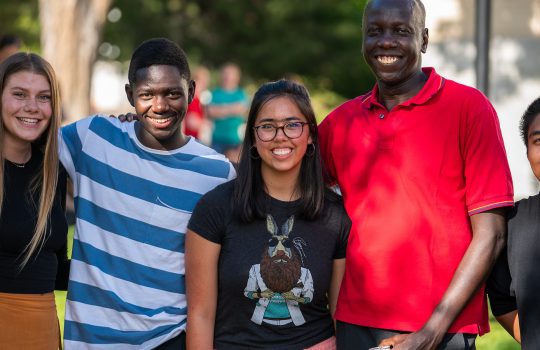The other particle detector
When studying mysterious subatomic particles, researchers at SURF in South Dakota use a different kind of particle detector, particle counters, to prevent run-of-the-mill dust particles from creating background noise and obscuring results.









